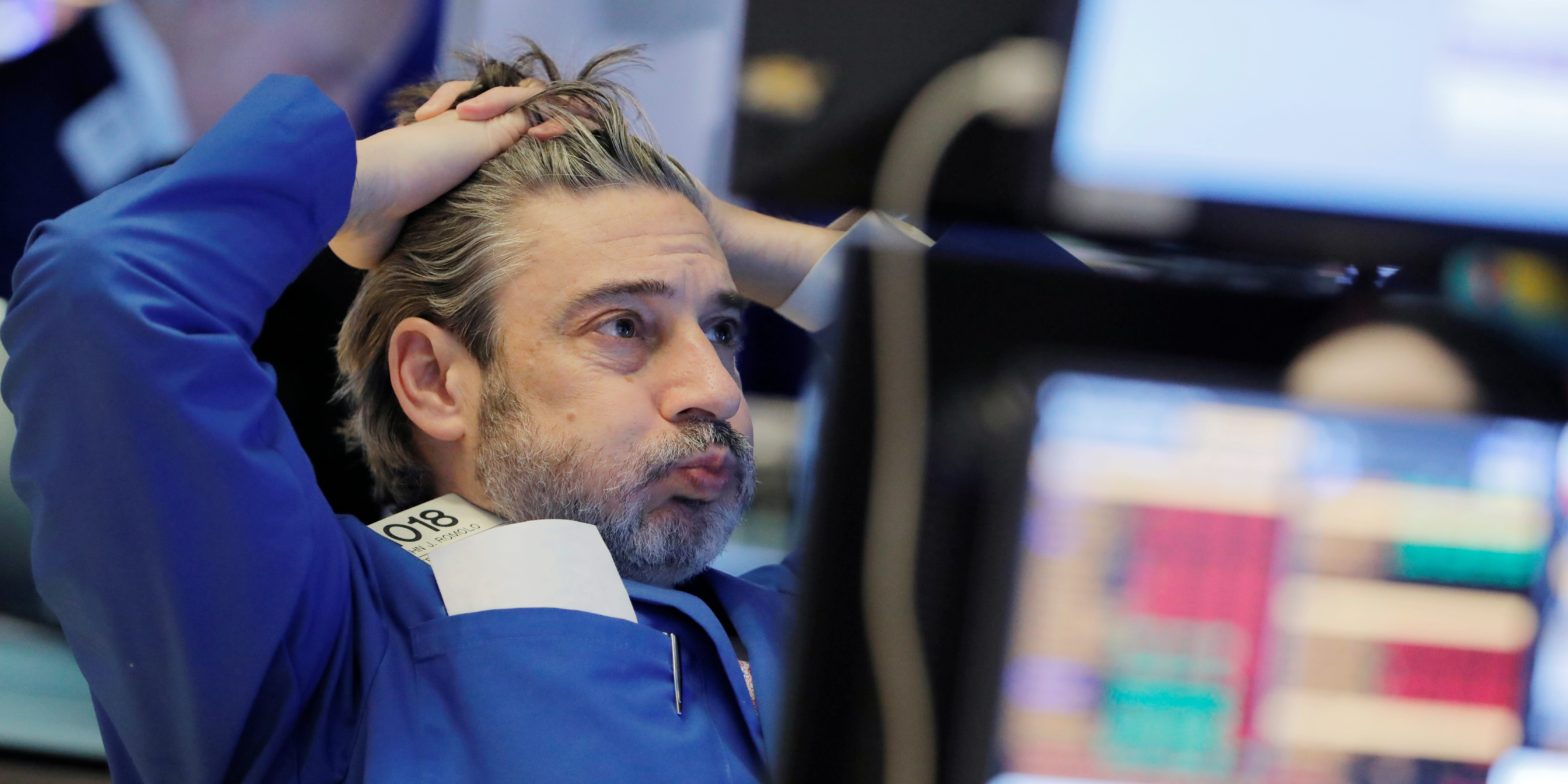The stock market’s current risk/reward profile is as bad as it has ever been in this bear market, according to Morgan Stanley’s Mike Wilson.Wilson warned that the Fed is still hiking interest rates despite deteriorating fundamentals.”Price is about as disconnected from reality as it’s been during this bear market,” Wilson said. Loading Something is loading.
Thanks for signing up!
Access your favorite topics in a personalized feed while you’re on the go.
Investors should be wary of chasing the recent stock market rally as the risk/reward profile is as bad as it has ever been during the current bear market.
That’s according to Morgan Stanley’s Mike Wilson, who warned in a Monday note that new lows in the stock market are likely as the Federal Reserve continues to hike interest rates amid deteriorating fundamentals and a corporate earnings recession.
“Price is about as disconnected from reality as it’s been during this bear market,” Wilson said. The S&P 500 has surged nearly 9% year-to-date and is up almost 20% from its mid-October low.
According to Wilson, the stock market appears to be in denial mode as it struggles to accept the idea that interest rates will remain higher for longer. Many investors had been expecting interest rate cuts from the Fed by the end of this year, but that idea lost a lot of steam earlier this month following the strong January jobs report.
“The equity market is refusing to accept this reality… the reality for equities is that monetary policy remains in restrictive territory in the context of an earnings recession that has now begun in earnest,” Wilson said.
And while analyst earnings estimates have fallen in recent weeks, they haven’t fallen enough, according to Wilson, who highlighted that the S&P 500 is still trading at a relatively high price-to-earnings ratio of 18.5x.
That valuation multiple “might make sense if one thought earnings estimates were bottoming and likely to reaccelerate,” Wilson said. But that’s likely not the case, as earnings recessions could take upwards of 16 months to play out.
One catalyst that could wake investors up to the fact that monetary policy will remain tighter for longer as corporate earnings decline is Tuesday’s CPI report, according to Wilson. Inflation expectations are rising after January saw 517,000 jobs added to the economy.
As to how far the stock market could fall from here, Wilson sees a bear case of the S&P 500 falling to 3,500, which is around the same level the stock market bottomed at in October and represents 15% downside from current levels.
But if corporate earnings remain more resilient than expected and are able to grow to $251 per share, then the S&P 500 could hit 4,200 by the end of this year, according to Wilson. That bullish price target represents about 2% upside from current levels.
The potential 2% upside for a risk of 15% downside highlights Wilson’s view that “timing is everything” and that now is likely not the best time to be buying equities. But if you have to, Wilson recommends investors focus on buying defensive sectors like health care, consumer staples, and utilities.
